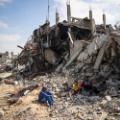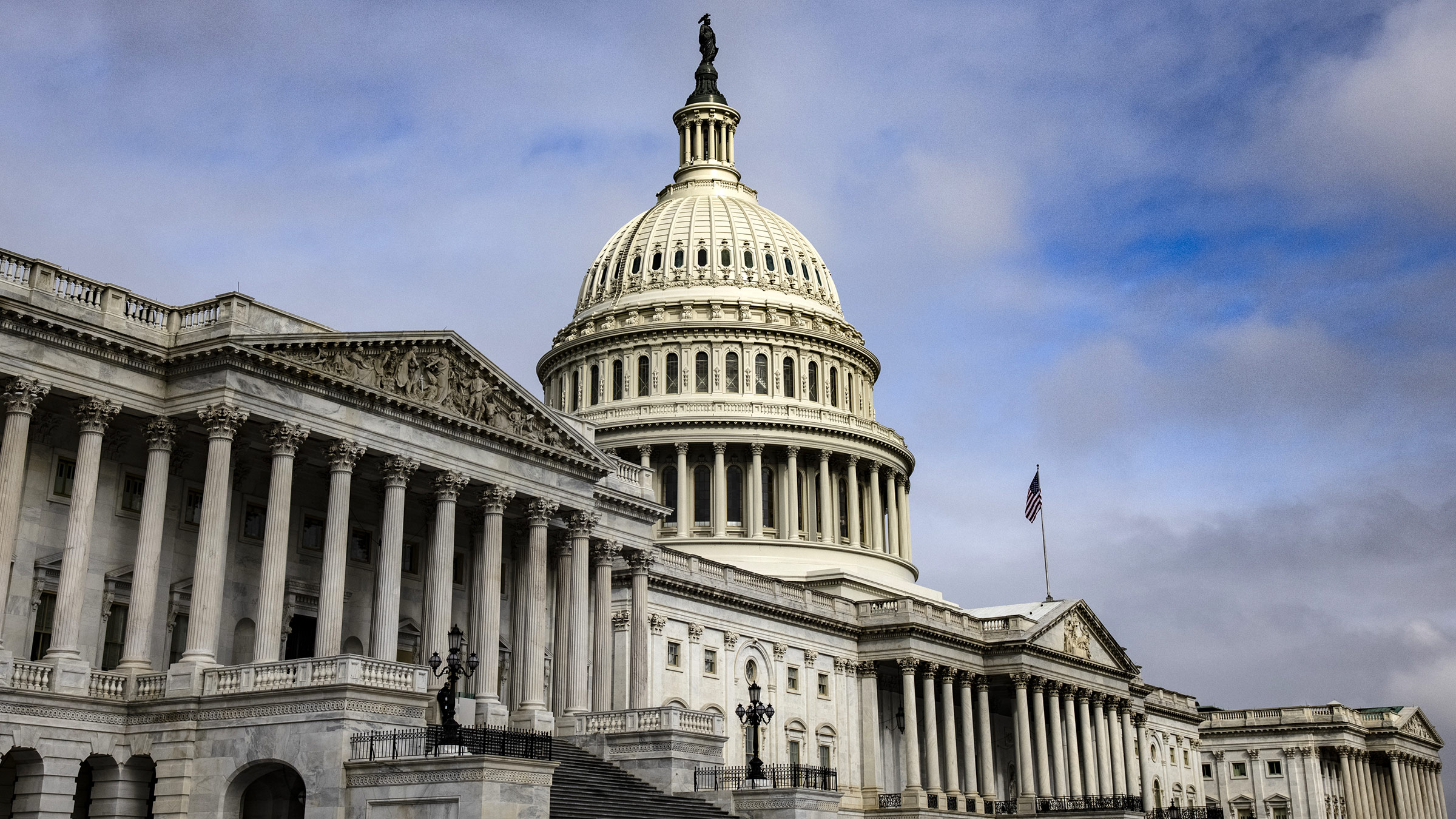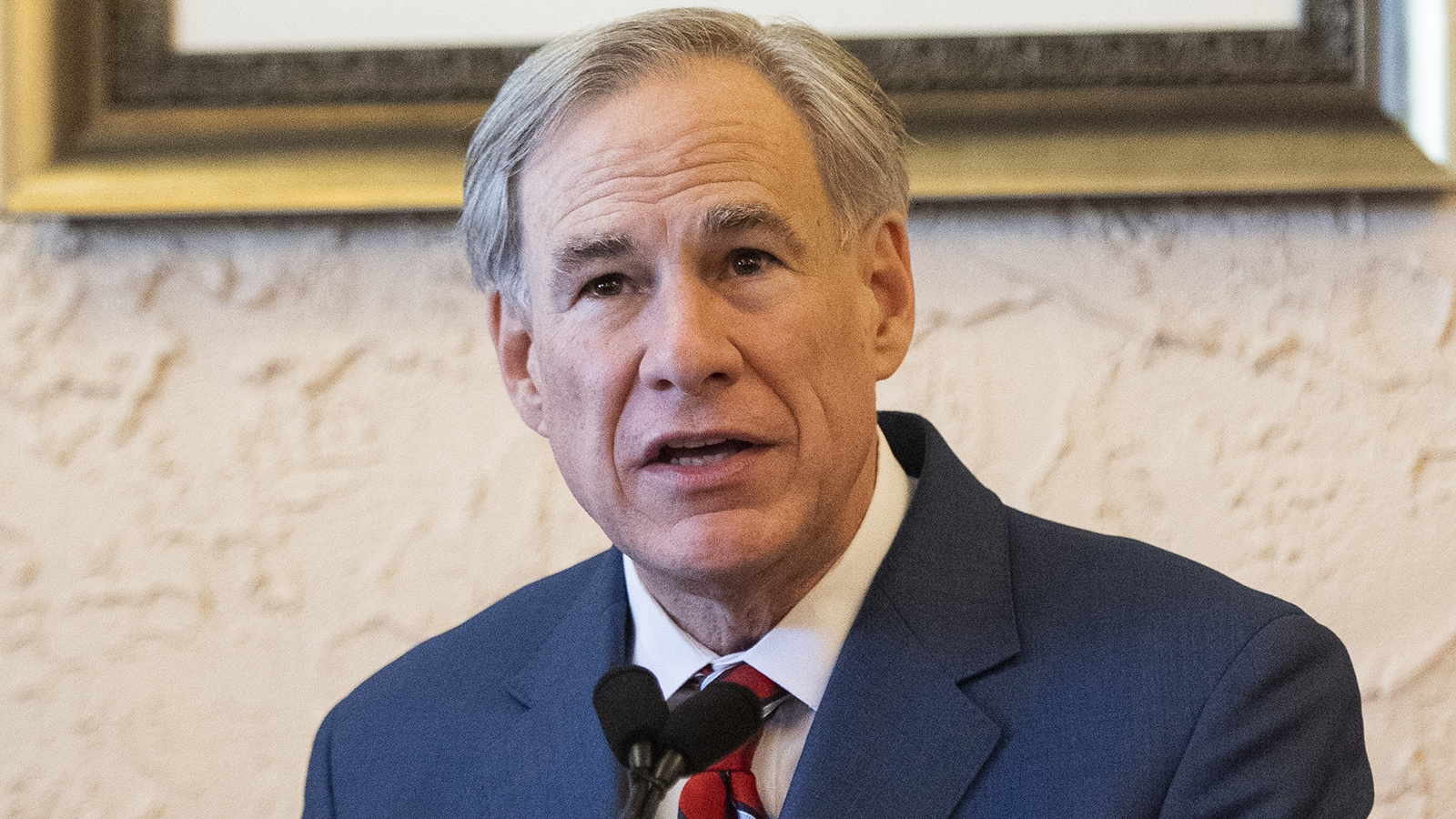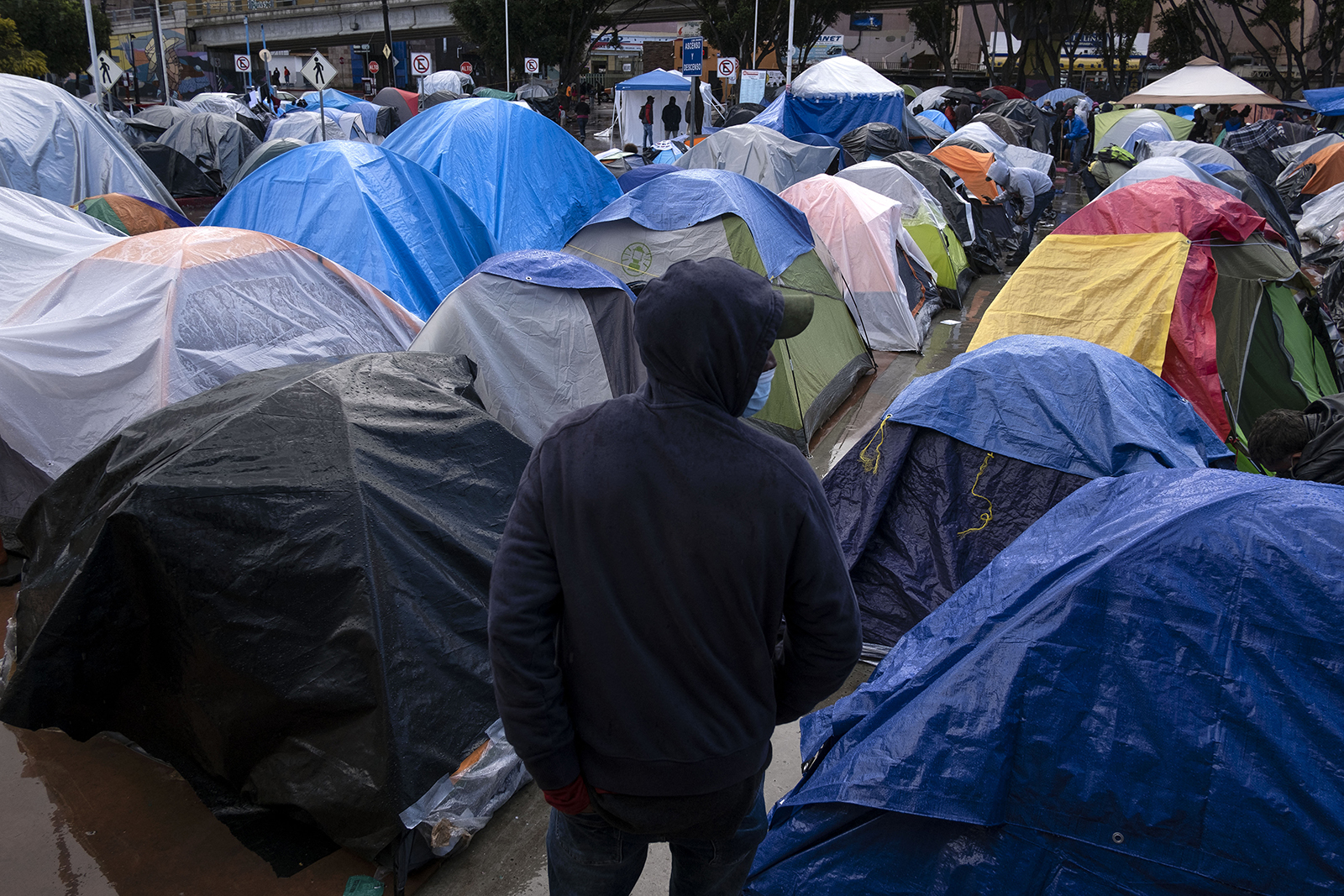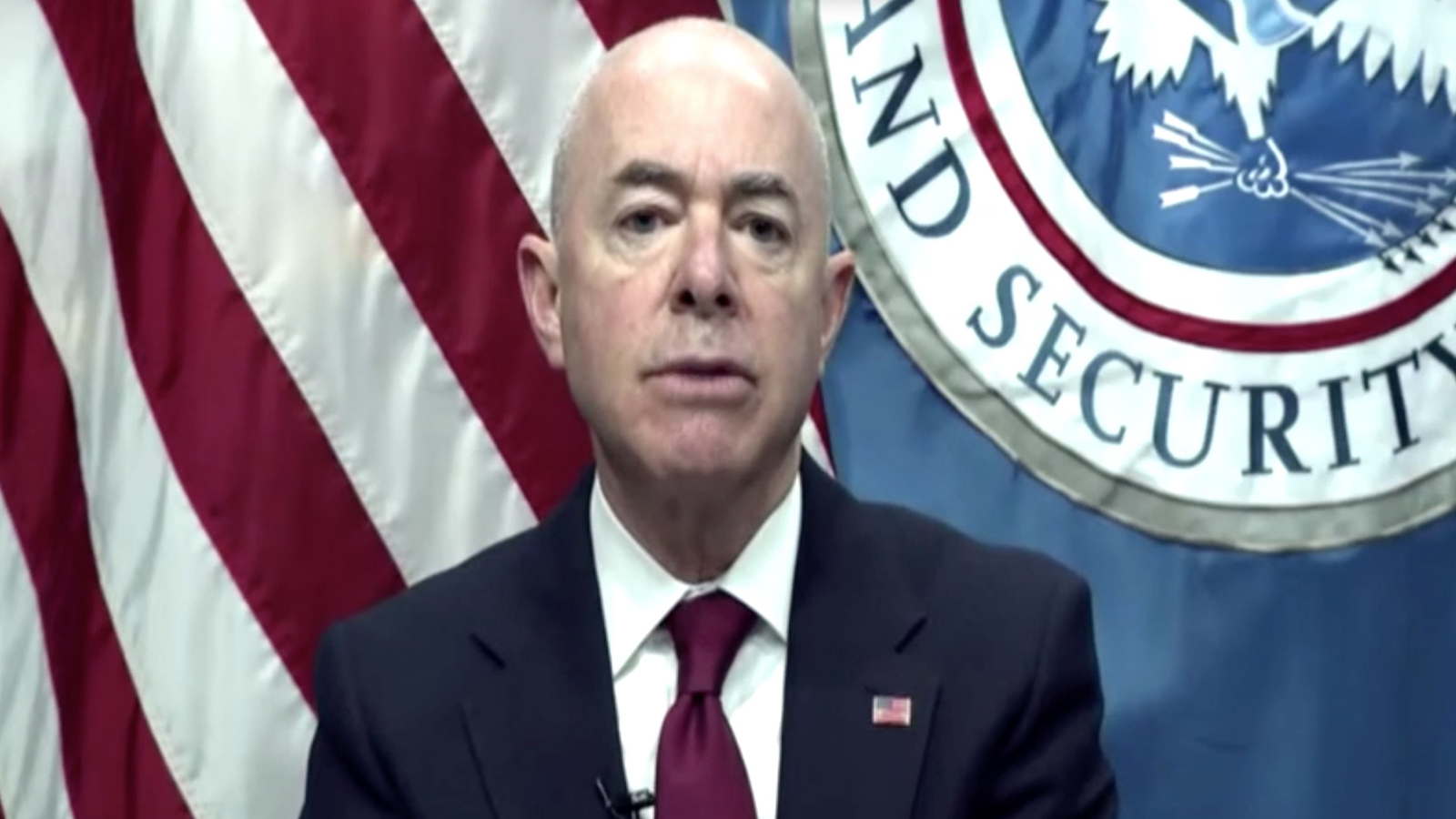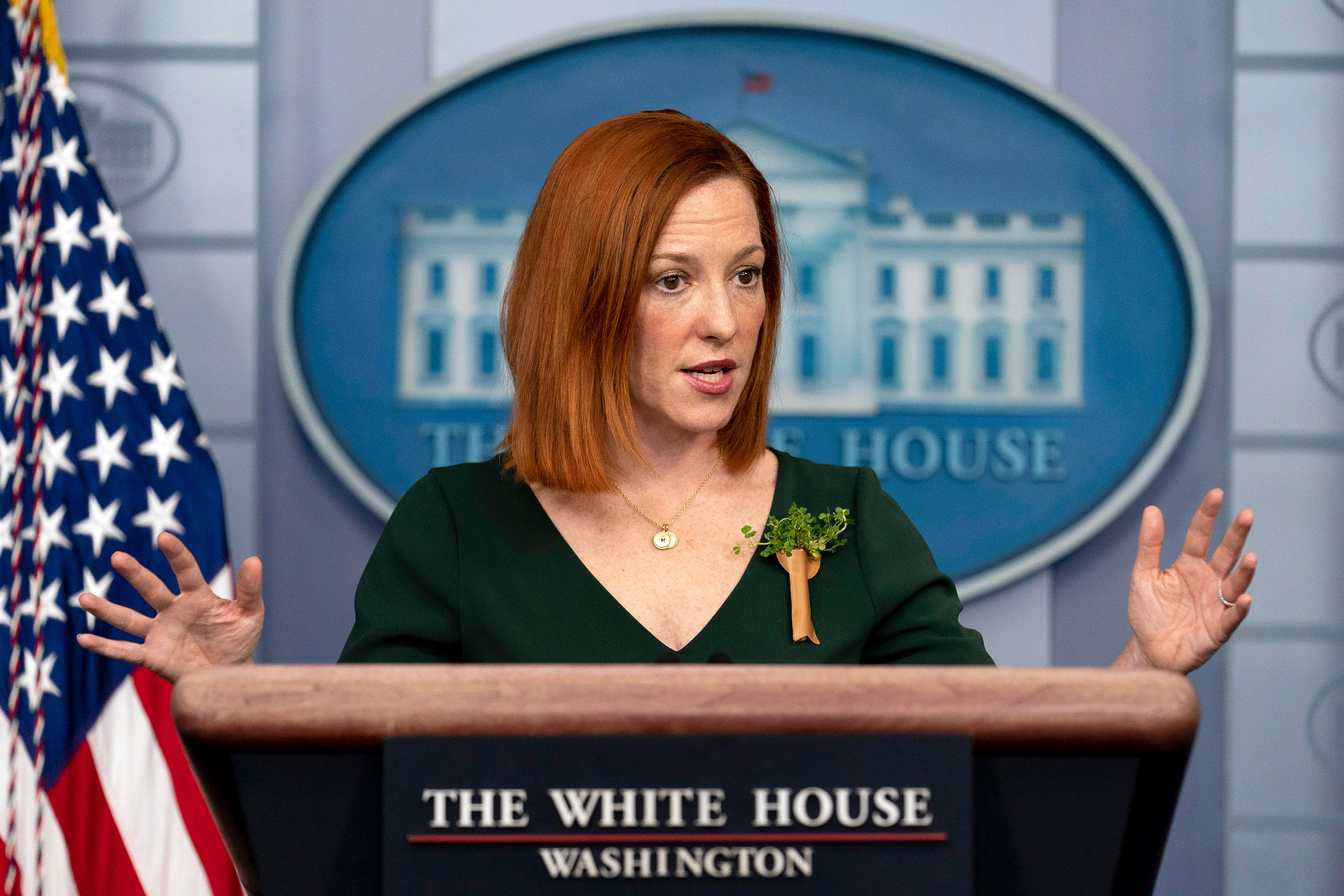
White House press secretary Jen Psaki continued the administration’s messaging that migrants should not attempt to come to the US right now as the southern border sees a surge in migrants, specifically unaccompanied children.
Psaki pushed back on a reporter’s question as to whether the US might be, intentionally or otherwise, incentivizing parents to send their unaccompanied children to the United States, echoing the president’s warning to would be migrants.
“Certainly you've heard the President say in this interview that he conducted that he is encouraging people not to come. Now is not the time to come. This is not a safe journey for people to take of any age,” Psaki said at the White House press briefing on Wednesday.
She added that every administration official that speaks about the situation at the border is urging people not to come to the US right now, specifically mentioning Department of Homeland Security secretary Alejandro Mayorkas, who testified on Capitol Hill today about the surge in migrants.
"The border is secure and the border is not open," Mayorkas said.
Psaki, again declining to call the border situation a crisis, said it is “no doubt a complicated circumstance,” but the administration is trying to “address this in an effective and humane manner.”
She said that the President hopes to work with Congress to address the root causes of migration, because if those root causes are not addressed, cycles of surges in migrants could continue.
Earlier in the briefing, Psaki said that the administration has no plans on putting a cap on the number of unaccompanied minors allowed into the US.
“We're not going to send a 10 year old back across the border. That was the policy of the last administration, that's not our policy here,” she said.


